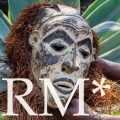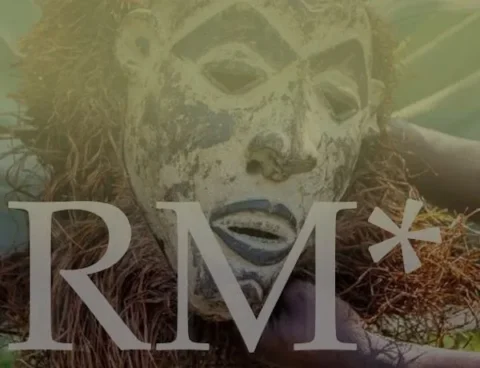The objects are recovered from the ninth-century Belitung, the tenth-century Cirebon, and the twelfth-century Pulau Buaya shipwreck.
The collection raises questions about whose stories are being told, which voices are amplified, and what silence is being perpetuated.
Collections salvaged for profit-making objectives are frequently criticised as problematic entities, prompting ethical concerns over their recovery, attribution and contextual authenticity.
What’s more, showcasing them may lead to accusations of promoting treasure-hunting activities.
In managing underwater cultural heritage (UCH), Indonesia walks a tightrope between economic exploitation and preservation. The gap between the number of UCH sites and the availability of funding and skilled human resources remains a pressing challenge underpinning these policies.
Indonesia continues to adopt a pragmatic approach by involving private enterprises in the salvage of shipwrecks and auctioning the cargo.
However, this approach understates the reality that profit-driven salvage activities are difficult to reconcile with the preservation of UCH.
Significant assessment frameworks, such as this one published by the Collections Council of Australia, offer valuable guidance to assess the historical significance of entire collections and individual components.

Photograph Emma Efkeman


